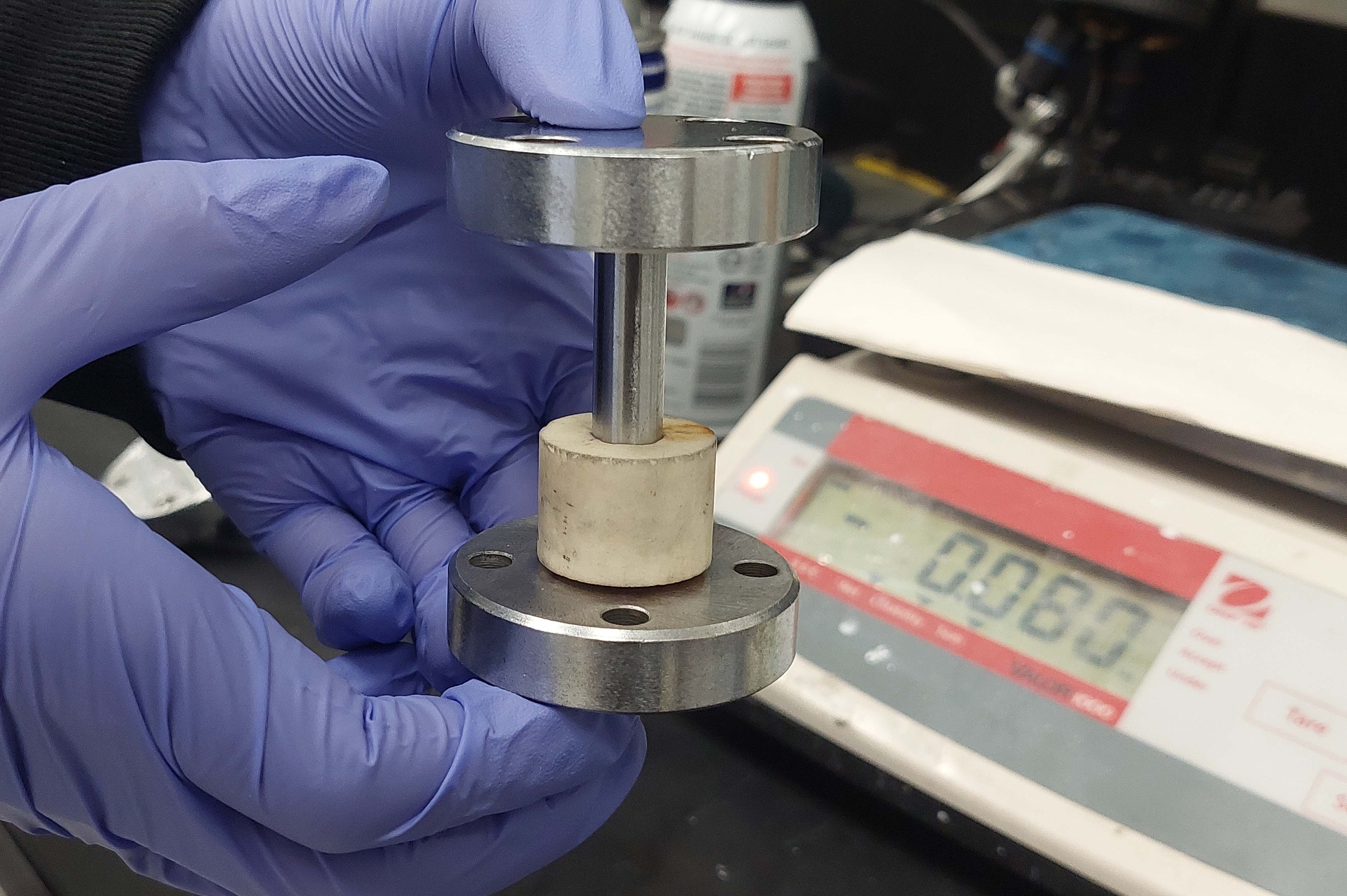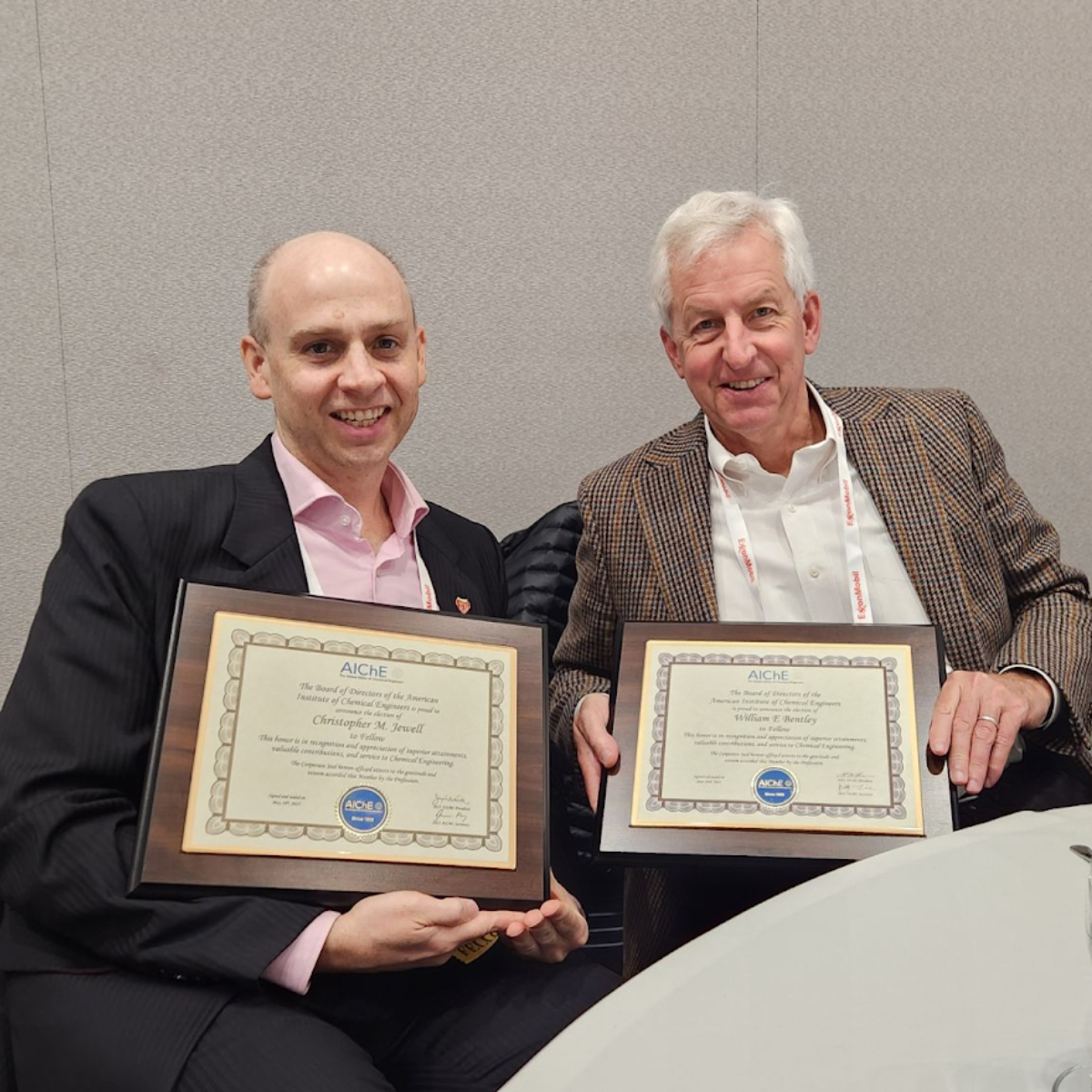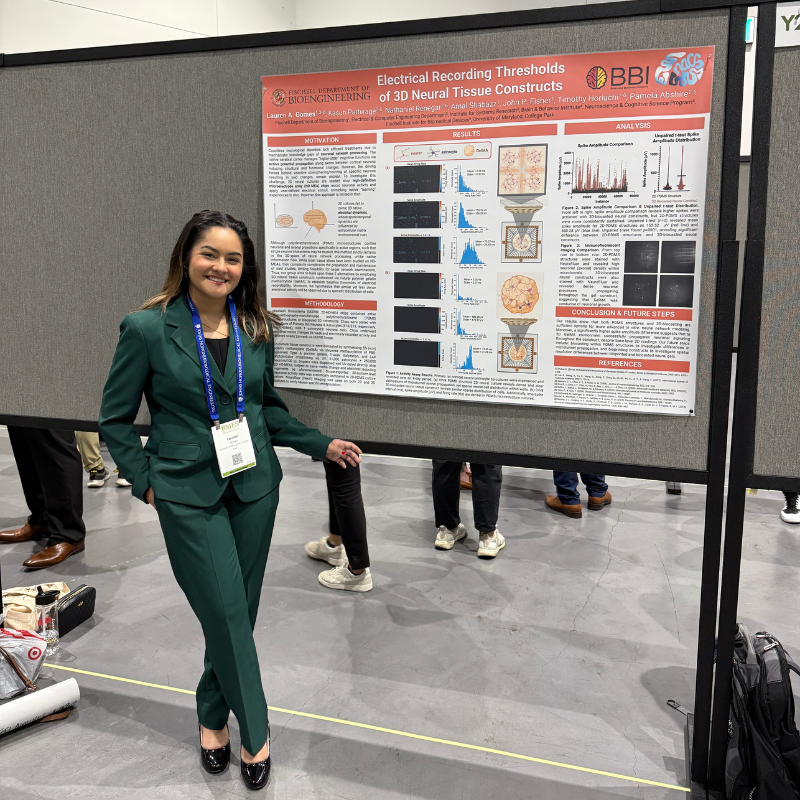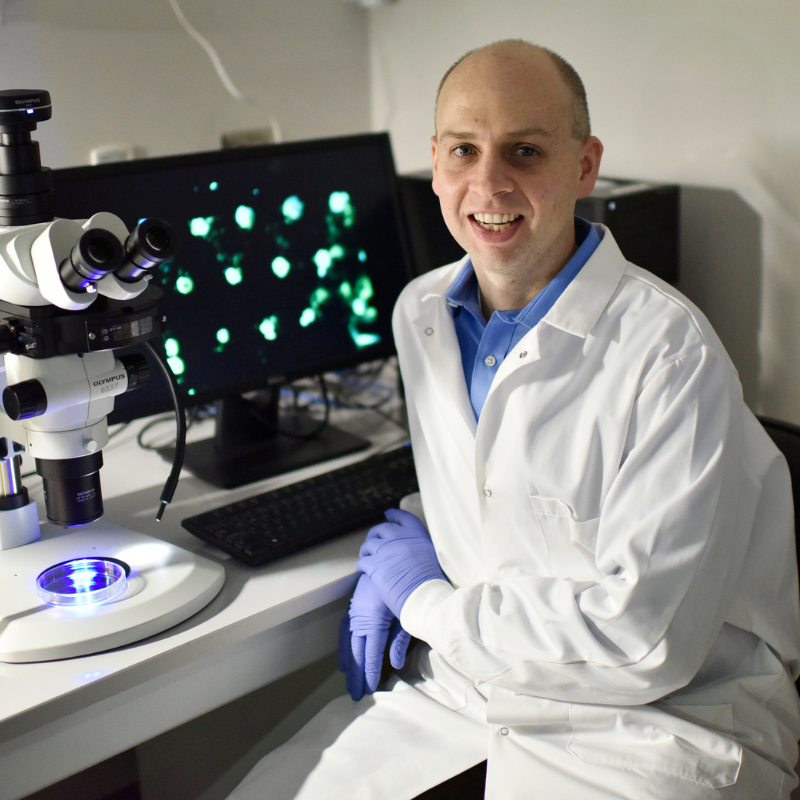News Story
Safer Electric Vehicles Could Come Soon After this Recent Breakthrough in Battery Research

Researchers at the Department of Chemical and Biomolecular Engineering (CHBE) uncovered the failure mechanisms of solid-state batteries to develop a new technology that could spark a next generation of safer, high-energy electric vehicles.
The new technology, published in the journal Nature Energy, involves a method that suppresses the formation of lithium dendrites—crystalline structures often linked as the cause for short circuits, which hold back the commercialization of solid-state batteries. The study, led by CHBE Professor Chunsheng Wang, presented a novel design that used battery modeling to observe and tackle dendrite formation, a turning point for solid-state battery research.
With a higher energy density, longer life cycle and enhanced safety capabilities, solid-state batteries hold a promising future for electric vehicles—standing at the forefront of scientific exploration. Unlike conventional lithium-ion batteries, which have a liquid electrolyte more prone to ignition, the emerging devices boast complete solidity, which are less flammable under high temperatures. The main obstacle blocking the adoption of solid-state batteries is the formation of lithium dendrites.
In this study, Wang’s team utilized modeling and experimental techniques to gain unprecedented insight into dendrite growth. They found that lithium deposits inside the battery’s anode, and extends towards the battery’s electrolyte.
Several components make up a battery’s interface: a negative conductor, known as the anode; and a positive conductor—the cathode. Somewhere in between lies the electrolyte, which transports lithium ion between the two ends, and protects the battery from overheating. Dendrite formation at the interface level is usually attributed with causing battery short circuits.
“We have a new method that can be used as a model for new predictions,” said Wang, noting that previous efforts aimed at suppressing lithium dendrite growth relied on conventional experimental processes. “We were the first to use modeling techniques, and this is just the beginning.”
In using battery modeling systems, the researchers presented a new design principle that could guide others in developing the ultimate solid-state battery. The contribution led to the development of an interlayer that effectively prevents lithium dendrites from growing into the solid electrolyte, the battery’s heat-protecting layer.
Early laboratory tests showed that the new technology exhibited an above-average discharge capacity of 82% after 350 cycles. Following this breakthrough, researchers will shift their focus to study interlayer materials, scale up manufacturing processes and ultimately test the device on vehicles.
Read the complete study in Nature Energy, 2024, https://doi.org/10.1038/s41560-023-01426-1
Published January 9, 2024









